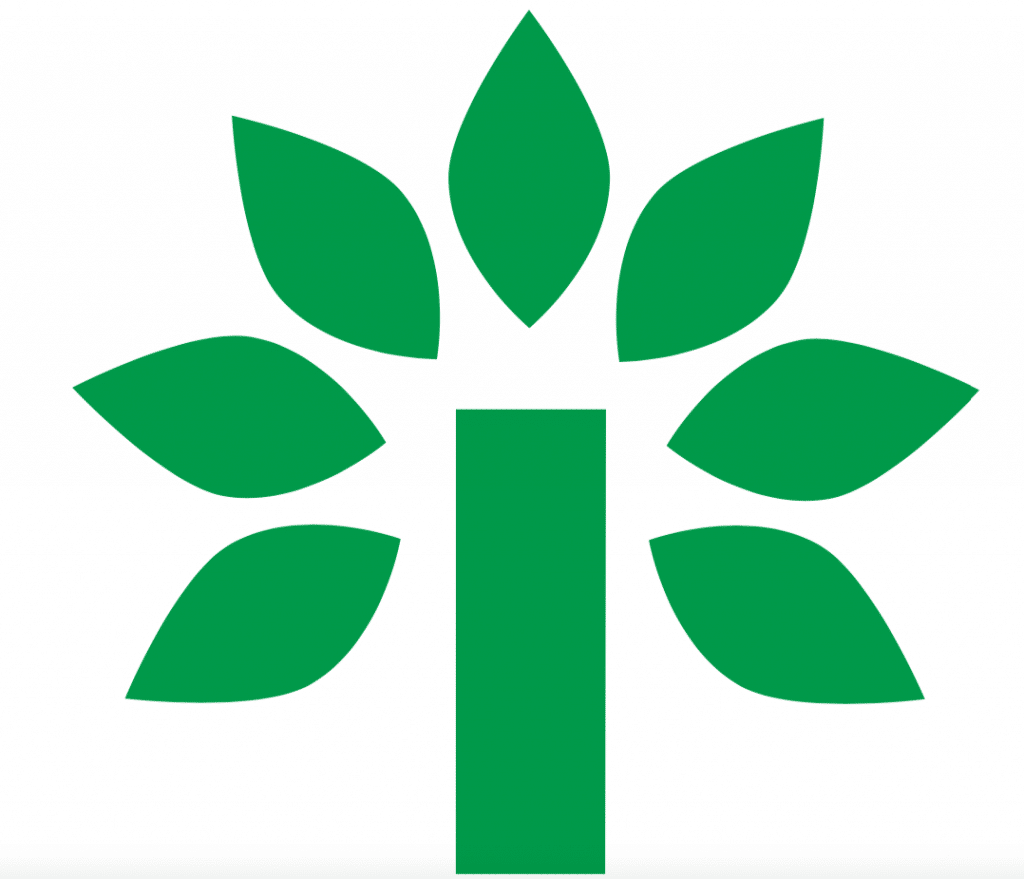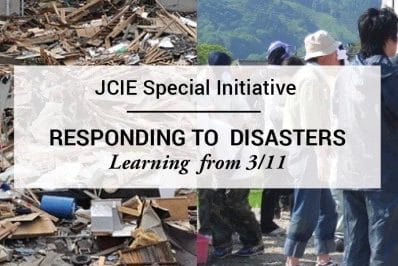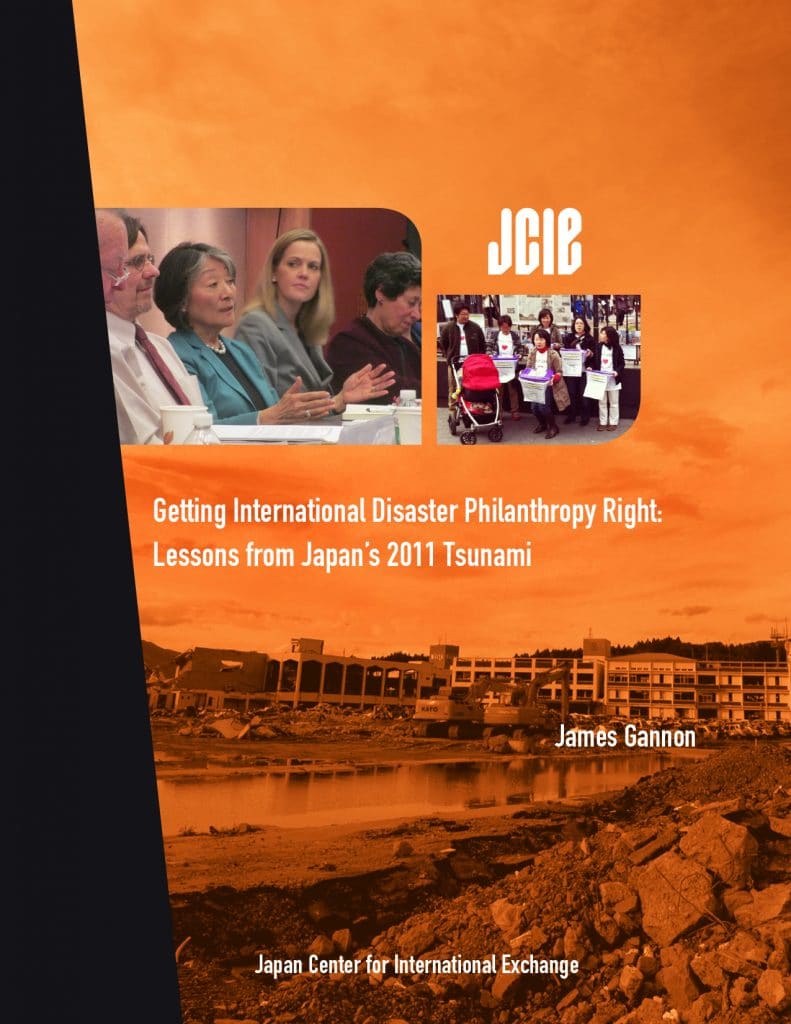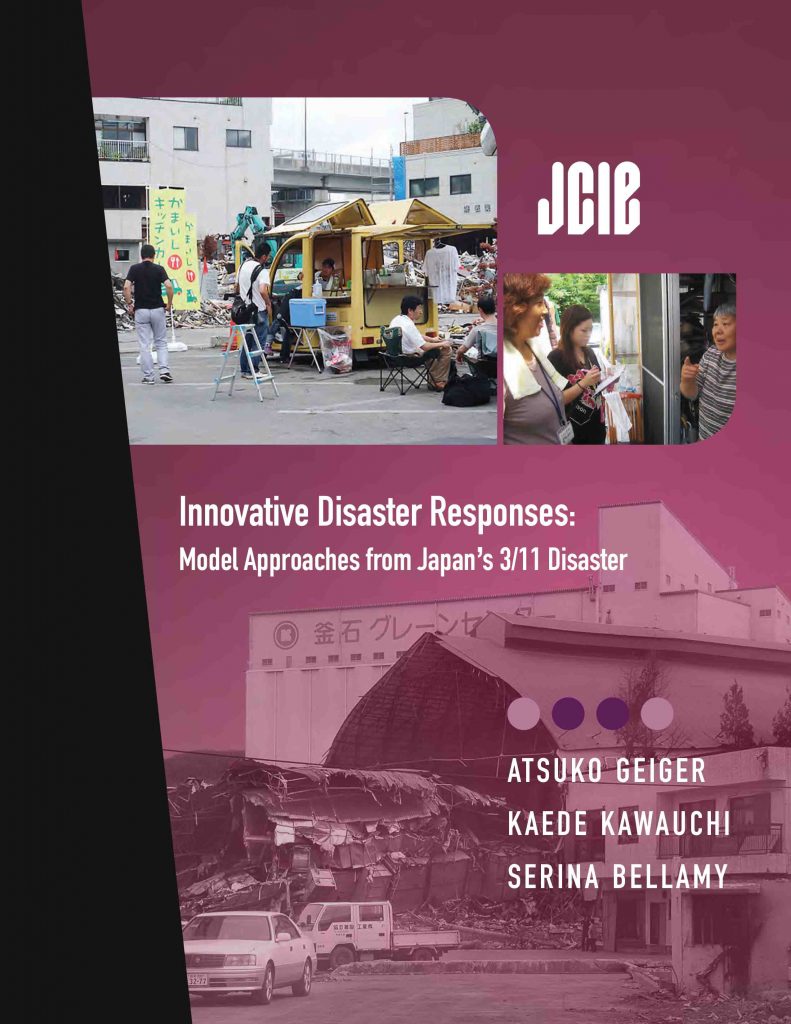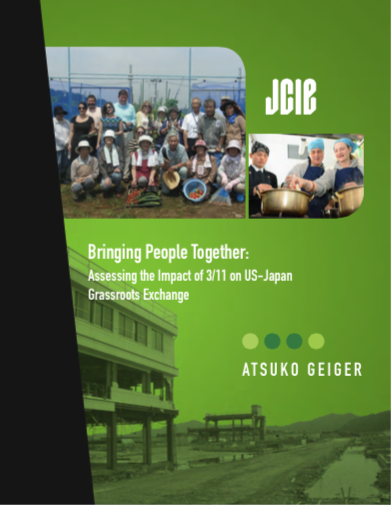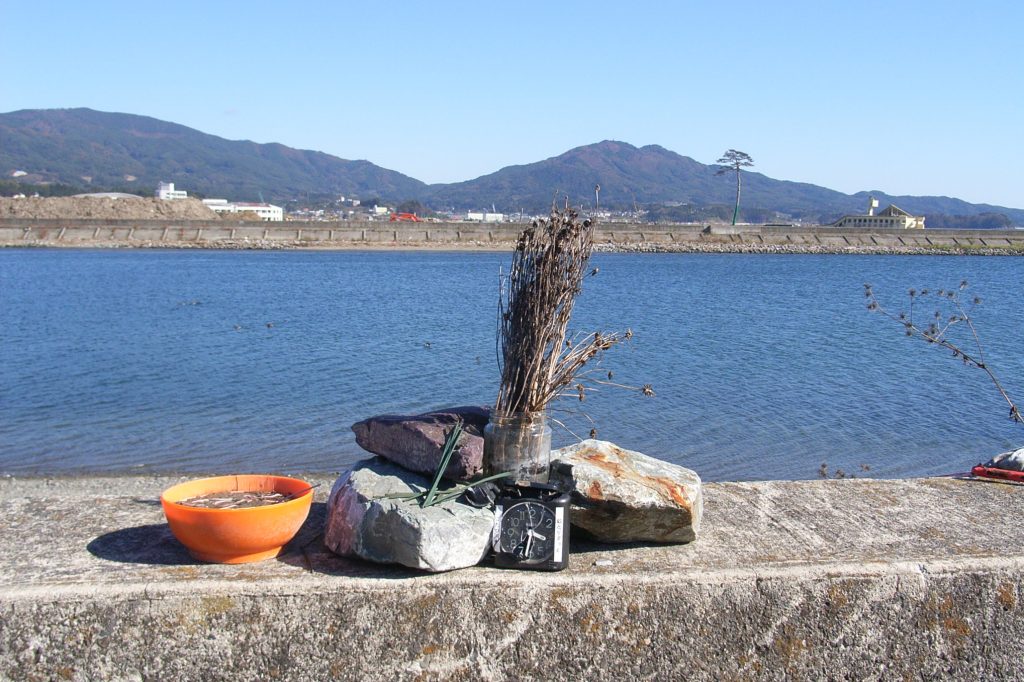On March 11, 2011, a magnitude 9.0 earthquake struck off the coast of Japan’s Tohoku region, followed by hundreds of aftershocks and a devastating tsunami that traveled as far as 9 miles (15 kilometers) inland in some places. Roughly 20,000 people lost their lives, and almost 500,000 were displaced.
As we mark the 10-year anniversary of that disaster, we pause to remember those lost and those forever affected by this tragic disaster.
A decade ago, JCIE quickly launched efforts to support the international response by facilitating US$6.7 million in donations to Japanese groups working in the disaster zone, facilitating coordination among American and Japanese humanitarian organizations, and disseminating information and analysis to support responders.
We have highlighted below some of the vital lessons learned from the international response efforts. JCIE’s work in the recovery of the Tohoku region taught us how powerful communities, and bilateral and multilateral relationships are to overcoming disasters—both then and now.
Learn more about JCIE’s 3/11 earthquake and tsunami response on our Responding to Disasters: Learning from 3/11 website.
US Giving for Japan Disaster Nears $750 Million
In the five years following Japan’s massive 2011 earthquake and tsunami, Americans donated at least $746.1 million for the disaster response. This figure comes from a JCIE survey of more than 1,300 nonprofit organizations, businesses, and fundraising campaigns. The philanthropic response to “3/11” stands out as one of the greatest outpourings of private American giving for any disaster—domestic or overseas—and the largest charitable response in US history to a disaster in another developed country.
Click here to read the full survey.
For more information, visit our 3/11 Response website.
10 Innovative Ideas from the 3/11 Response
As with any disaster, there have been both successes and missteps in the relief and recovery efforts in Japan after the March 11, 2011 earthquake and tsunami. There were also many innovative responses that took advantage of the latest technology and new thinking of that time. JCIE has listed 10 great ideas that nonprofits, businesses, government agencies, and disaster survivors themselves have come up with—and which can be emulated when disasters strike elsewhere around the world.
Visit the 3/11 Response website to view the full list.
Getting International Disaster Philanthropy Right: Lessons from Japan's 2011 Tsunami
Japan’s massive March 2011 disaster triggered one of the largest outpourings of charitable giving that the world had ever seen. The extraordinary US philanthropic response differed significantly from what had been seen with other large-scale overseas disasters, prior to the COVID-19 response. A much more diverse array of organizations got involved and coordination proved particularly unwieldy. This JCIE report looks back at where it did well and where it came up short, identifying lessons that can help us respond more effectively the next time a large-scale disaster strikes overseas—and especially if it occurs in another developed country.
Click here to read the full report.
Friendship Across Borders: Nearly 100 US Sister City Organizations Raise Relief Funds for Japan
According to a JCIE survey, as of July 2012, at least 95 US towns, cities, and states that have sister cities in Japan had organized fundraising campaigns. In total, they raised more than $2.4 million for earthquake relief. Most of these funds were sent to the Japanese sister cities for its own recovery or to be forwarded on to communities in the disaster zone or aid organizations that had been recommended by the sister city.
Click here to read the full study.
Innovative Disaster Responses: Model Approaches from Japan's 3/11 Disaster
In the aftermath of the tragedy of the Tohoku earthquake and tsunami, the world witnessed with admiration the resiliency of the Japanese people. There is a great deal to be learned from the way in which the people of the Tohoku region responded to the disaster. In particular, Japanese civil society, which had not been a particularly strong force in Tohoku in the past, stepped up to play an active role in the recovery and reconstruction process. This report analyzes four innovative projects that can be emulated after disasters in other countries around the world.
Click here to read the full report.
Bringing People Together: Assessing the Impact of 3/11 on US-Japan Grassroots Exchange
In this report, JCIE’s Dr. Atsuko Geiger finds that the massive disaster that struck Japan on March 11, 2011 triggered a flurry of US-Japan grassroots exchanges that had a surprisingly large impact on bilateral relations. While there have been some historical cases of exchanges being launched after other disasters, the burst of activity seen after 3/11 was unprecedented in both scope and intensity, reflecting the depth of preexisting US-Japan grassroots ties and building a broader foundation for greater people-to-people exchanges between the two societies.
Click here to read the full report.
Strengthening US-Japan NGO Partnerships after 3/11
Hundreds of Japanese and overseas organizations teamed up to respond to Japan’s 2011 earthquake, tsunami, and nuclear meltdown, and their work together demonstrated the tremendous potential of deeper cooperation between Western and Japanese NGOs involved in disaster relief and humanitarian assistance. Realizing this potential, however, required us to learn what worked in the 3/11 response, what failed, and what must be done to create a more supportive atmosphere for international partnerships between Japanese NGOs and their overseas counterparts. With this in mind, JCIE conducted a two-year study to assess how well these NGOs’ international partnerships actually worked and what needs to be done to ensure they can collaborate effectively the next time disaster strikes around the world.
This report is available in English and Japanese on our 3/11 Response website.

